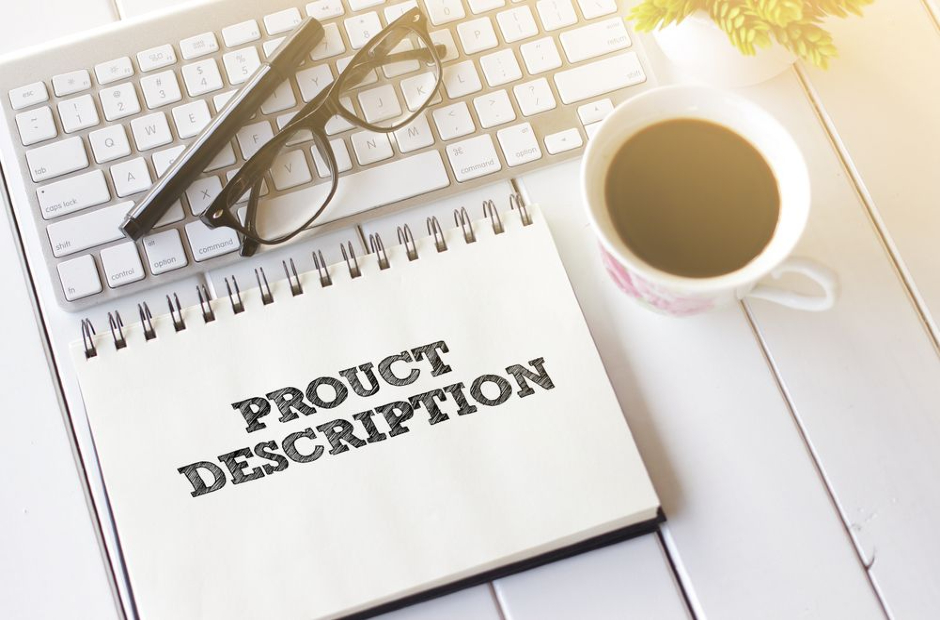A/B testing, also known as split testing, is a crucial strategy for businesses. It is used to optimize product descriptions and increase conversion rates. It involves two different versions of a product description to different subsets of visitors and analyzing which variant leads to more conversions.
This article delves into the process of A/B testing. We will be exploring the different aspects of product descriptions that can be tested. Additionally, we will share insights on leveraging these tests effectively for better results.
The importance of A/B testing in optimizing product descriptions
A/B testing is a powerful tool that allows businesses to make data-driven decisions and increase efficiency. It is especially crucial when optimizing product descriptions, a key element in the customer’s buying journey.
Product descriptions play a vital role in a customer’s decision-making process. A well-written description can help a customer understand the product’s value proposition, compel them to buy, and boost conversion rates.
With A/B testing, businesses can experiment with different elements of a product description and determine which version performs better. Amazon constantly uses A/B testing to optimize various aspects of its product descriptions and other site elements to maximize customer engagement and conversion rates.
Aspects of product descriptions to test

Several aspects of product descriptions can be tested to find the perfect balance that engages customers and encourages them to buy.
Here are some elements of product descriptions that can benefit from A/B testing:
- Headline variations: The headline is the first thing a customer reads. Testing different headlines can help you determine what catches the customer’s attention more effectively.
- Feature presentation: Experiment with different ways to present your product’s features. This could involve using bullet points instead of paragraphs or vice versa. You can also change the order in which features are presented.
- Call-to-action language: Your call-to-action (CTA) plays a significant role in driving conversions. Test different CTA phrases to see which one compels customers to take the desired action.
- Formatting: The layout and design of your product description can affect its readability and impact. Test various formats to determine which is most appealing to your customers.
Conducting A/B testing on various aspects of product descriptions can greatly enhance the effectiveness of your marketing efforts. By analyzing and comparing different variations, you can discover the optimal combination of elements that engage customers and motivate them to make a purchase.
Setting up A/B tests for product descriptions
Setting up an A/B test requires careful planning and execution.
Here are some steps to consider:
- Identify your goal. What are you trying to achieve with the A/B test? Your goal could be to increase the click-through rate, decrease the bounce rate, or increase conversions.
- Create variations: Develop two versions of your product description differing in one key aspect (the headline, feature presentation, etc.).
- Split your audience. Divide your audience into two groups, ensuring that both groups are similar in characteristics to maintain test validity.
- Implement the test. Use an A/B testing tool to serve the two versions to the respective audience groups.
- Track and analyze results. Monitor the test results using analytics tools and determine which version met your goals more effectively.
In conclusion, setting up A/B tests for product descriptions is a valuable process that can help optimize your marketing efforts. By following these steps, you can improve your understanding of customer preferences and enhance the effectiveness of your product descriptions.

Analyzing A/B test data and refining product descriptions
Collecting and analyzing A/B test data are essential steps in understanding the impact of changes in your product descriptions. The insights gained can guide further refinements.
When analyzing A/B test data, look beyond the conversion rates. Examine user behavior data such as:
- time spent on the page
- scroll depth
- interaction with other elements on the page.
Remember that A/B testing is an iterative process. Use the insights from one test to refine your product descriptions and set up new tests. If a test indicates that a shorter headline leads to higher conversions, you might test different short headline variations to optimize your results.
Tips for effective A/B testing
A/B testing is both an art and a science.
Here are some tips to ensure that your tests are effective and yield reliable results:
- Test one variable at a time. To determine what’s affecting your conversion rates, only test one element of your product description at a time. This allows you to attribute any changes in performance to the specific element you’re testing.
- Be patient. Give your test enough time to collect sufficient data. A/B tests require a sizable amount of data to ensure statistical significance.
- Document your tests. Keep a record of your tests and results. This documentation can provide valuable insights over time, helping you understand what works best for your audience.
- Don’t ignore small wins. Even a small increase in conversion rate can be a big win when applied across your entire product range.
Effective A/B testing requires a strategic approach and attention to detail. By following the tips outlined above, you can maximize the accuracy and reliability of your tests. It leads to valuable insights and improved conversion rates.
Continuous improvement through A/B testing
The process of A/B testing isn’t a one-off task but an ongoing strategy for continuous improvement.
Businesses should make A/B testing a routine part of their marketing strategy. Consistently iterating and optimizing their product descriptions based on collected data and analysis. Markets, trends, and customer preferences are constantly evolving, making continuous A/B testing necessary to keep up with changes.
Conclusion
A/B testing is an art that can significantly improve the effectiveness of your product descriptions, ultimately leading to better conversions. You can optimize product descriptions through testing, setup, and analysis.
Staying aligned with your customer’s evolving needs and preferences. This data-driven approach takes the guesswork out of decision-making, paving the way for improved customer engagement and increased sales. Take a look at androidcompare.com if you want to learn more tips when creating a compelling description.






